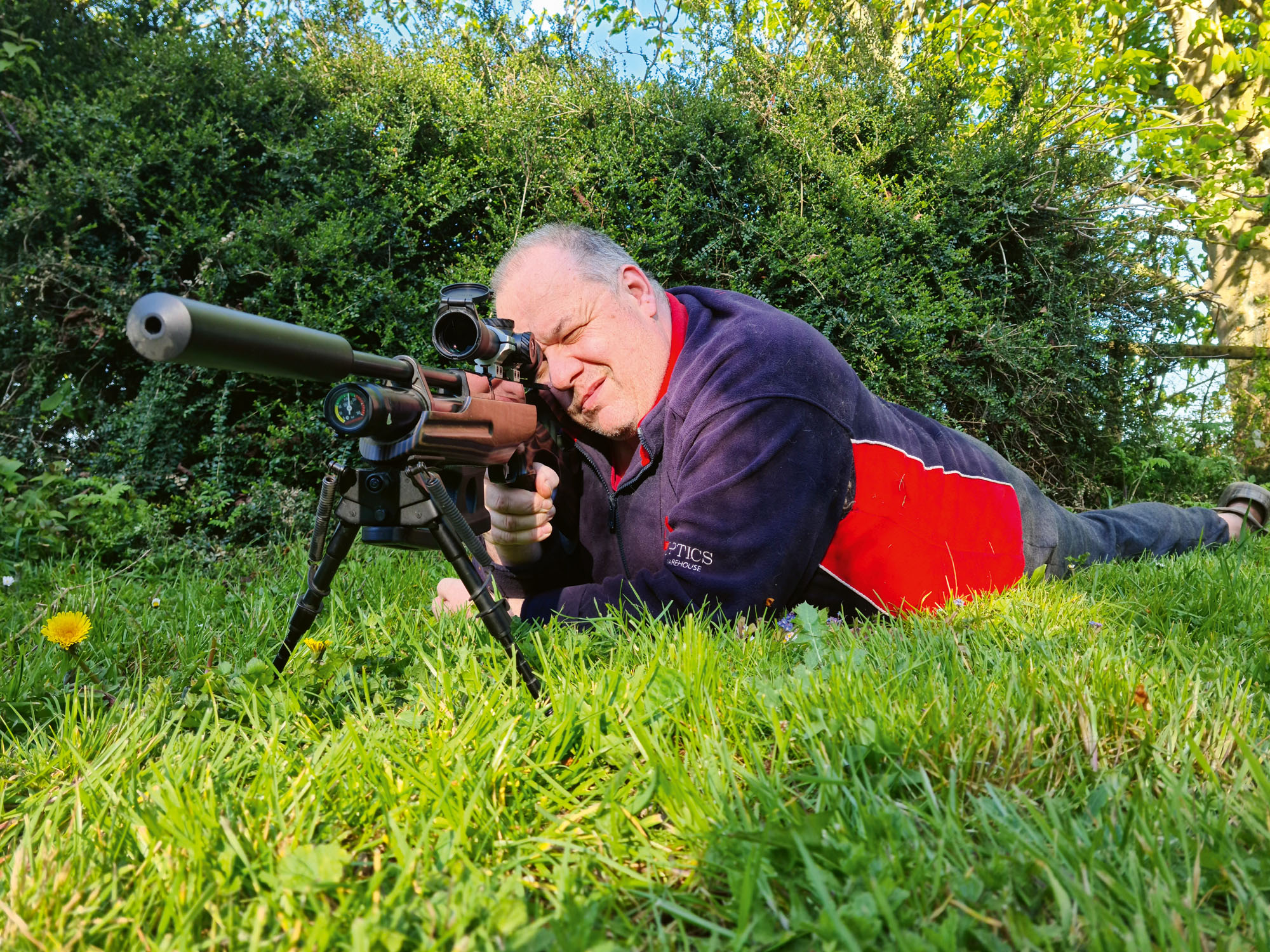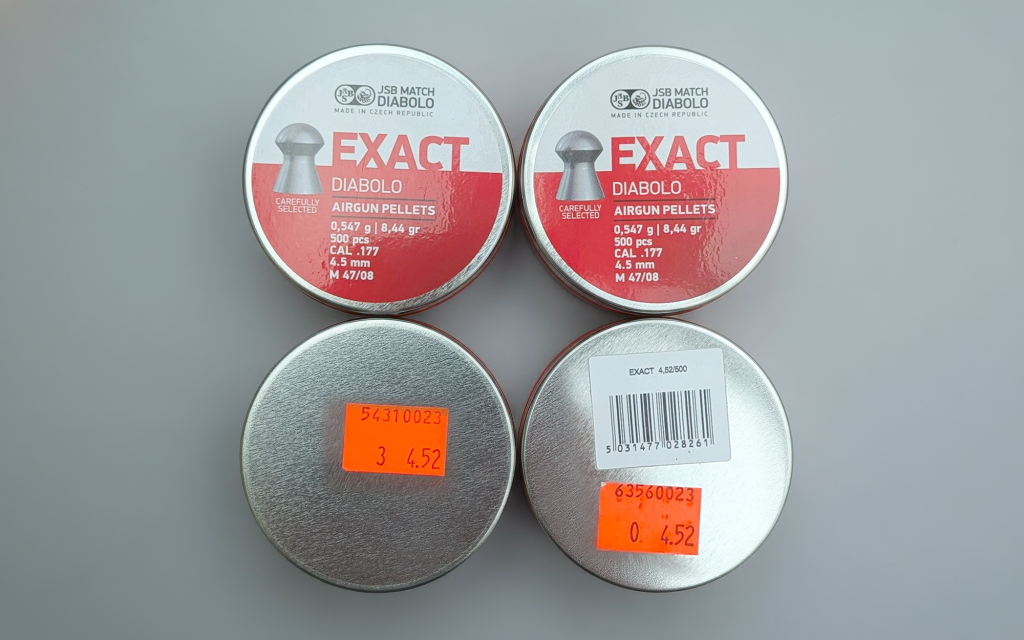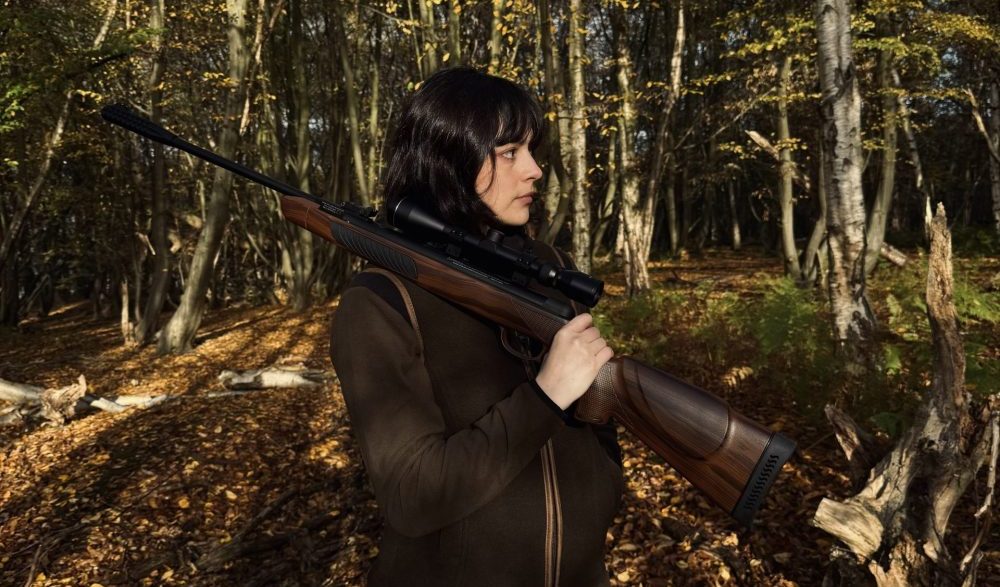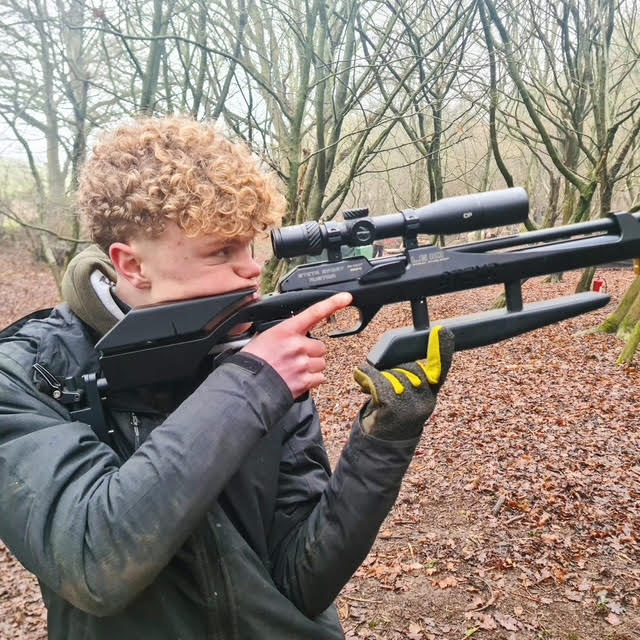How to improve your air rifle accuracy
Low-powered air rifles demand precision; they punish mistakes and reward consistency. This guide offers a practical, hard-won roadmap to achieving reliable accuracy, focusing on method, maintenance, and mastery of shooting fundamentals

There’s a simple and stubborn truth about low-powered air rifles: they won’t forgive sloppiness. They reward consistency and punish mistakes. A modest springer or PCP can put pellets into the centre of a target every time — if you treat the rifle like a partner and not a magic wand.
The following is a practical, hard-won roadmap to build accuracy with a low-powered airgun. Read it, do it, and expect improvement. No ritual, no mysticism — just method and time.
Choose the right pellet
Low-powered rifles are often horribly picky. The single best accuracy step you can take is this: buy small tins of four or five different pellet brands (of the same weight range) and test them properly.
From a solid rest, shoot five-shot groups at 25 yards. The pellet that gives the smallest, tightest cluster is your pellet — period. Don’t assume pricier equals better. Once the rifle shows a preference, stick to that pellet for anything that matters: sighting, hunting or formal testing.
If you change tins, even if it’s the same make, weight, style and batch number, check your zero.
Use decent scope mounts
A sloppy scope job kills groups quietly. Use decent mounts, and torque bolts to the manufacturer’s specifications — not like “finger tight” and not like you’re trying to crush the optic. Bore-sight first (observe safe procedures and ensure the gun is unloaded), then fire a few careful shots at 10–15 yards to get on paper before you move out to your intended zero.
Small errors at the mount stage magnify at distance; so do it once and do it right.

Why is it important to zero your air rifle?
Low-powered rifles have a lot of trajectory. Choose the distance you actually shoot the most — for many people that’s 20–30 yards — and zero there. You’ll learn the holdover.
Use an open range where the wind is strong, once you have the rifle zeroed points for other ranges, but if you spend every session plinking at 30 yards, that should be your zero.
Repeatedly practise your holdover/ wind calls from that baseline and you’ll quickly gain practical, repeatable hits in the field.
What rests are good for air rifle shooting?
For testing and initial sighting, use a front and rear sandbag, or a solid bipod. Beanbags are fine for casual plinking but they hide variables you don’t want. When you move into hunting or field conditions, practise from natural rests — sticks, a slung arm or a knee — so you can replicate the real positions. Practise both.
Master the hold and follow-through
Spring and gas-ram guns are brutally sensitive to the hold. The classic error is to clamp the stock like you’re trying to stop the recoil dead. Better: a relaxed, repeatable hold that allows the action to move naturally. For break barrels, you use the artillery hold — let the forearm rest lightly on the web of your support hand so the gun can recoil. For PCPs, keep it steady but not crushed. After the shot, don’t jerk away: keep your sight picture and Terry Doe used to say: “hold until you see the pellet hit the target, then count to three.” That pause builds consistency.
Practise smooth trigger control
Trigger control is where good technique eats bad technique for lunch. Dry-fire practice (if your gun tolerates it) or “finger only” practice is invaluable: learn the progressive squeeze rather than the yank. Imagine holding an egg and picture applying steady pressure until the shell cracks, but does not break. Two-stage triggers need to be mastered: feel for the first stage and hold the trigger just before the second, then practise increasing pressure slowly to make the rifle fire. This is easy prone, but standing with the gun moving is hard. If your trigger is sticky or unpredictable, fix it — a poor trigger destroys accuracy faster than most shooters realise.
Breathing techniques
Breathing isn’t sexy, but it matters. Breathe normally, then exhale partially and shoot in the natural respiratory pause. Don’t hold your breath hard — that introduces tension and shifts your aim. Learn the rhythm that lets you settle into a calm picture and then squeeze the trigger without muscular interference and if anyone tells you to shoot between heartbeats, don’t listen to them.

Keep pellets consistent
Humidity and handling change pellets. Keep your chosen pellets in a sealed tin or container and don’t mix new tins with half-used old ones when testing. Use pellets from the same batch if you can. Small variations matter more with low power; consistent ammunition equals consistent results.
Maintain your rifle and scope
A loose mount or a dirty barrel will ruin groups quietly and reliably. Clean the barrel only by the method recommended for your gun — a wrong cleaning routine does more harm than good. Check screws, mounts and the scope’s seating regularly. A tidy gun is a predictable gun; predictability builds accuracy.
Train for different conditions
Shoot in the clothing, light, and distances you will actually use in the field. If you hunt in gloves and a jacket, practise in gloves and a jacket. If you often face low light, practise low light. Keep a small notebook or log on each session: pellet brand and weight, temperature, distance, rest used, and best group size. Patterns emerge fast. You’ll notice, for example, that a pellet that grouped on calm mornings falls apart in gusty afternoons — and then you adapt. Once the rifle is zeroed, get to an outdoor range that has wind.
A solid rest or bipod will help dial-in accuracy. Keep a log of what you can do, how many shots you take, what distances you’re shooting from and how much wind there is.
Plan your practice sessions
This is where you will learn your craft. Here is a sample session plan you can use:
- Warm up your body, stretch fingers and get the blood moving.
- From a solid rest: test pellet A, five shots at 25 yds. Repeat for pellets B, C and D. Record the groups.
- Use your preferred pellet, shoot at 15 yards until you’re happy then move to your zero distance and fine tune. Then practise all the ranges at which you shoot.
- Practise three sets of natural-rest shots (standing, kneeling and prone), making wind or holdover notes. Also practise up the peg, off the peg and anything that will give you an advantage.
- Shoot paper targets as steel knock-over targets won’t point out small mistakes.
- Finish by cleaning everything, checking mounts and recording everything.
Be consistent
Accuracy with a low-powered air rifle isn’t about finding the mythical “best” pellet or the perfect scope — it’s about repetition, careful recordkeeping and stripping away variables until what’s left is you and a rifle that performs the same way shot after shot. Become boring in your routine: the same rest, the same pellet, the same warm-up, the same breathing. Boring is fast when you’re honest about it.
Do that and the rifle will start to do what it was built to do — reward small improvements with smaller groups. You’ll get your hits. You’ll know why you get them. And next time someone says accuracy is luck, you can hand them your logbook and a tight cluster and be done with the argument.
Finally, we all have bad days, learn to use them, if you are in competition and are missing through wind, start giving loads or none at all. Use these shoots to practise things you would never normally do in competition. And have fun. If you are unhappy or stressed, you won’t shoot well. Take it on the chin and remember, a bad day’s shooting is still better than a good day at work.




